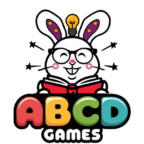Every child is unique, and their learning progresses at their own pace. Understanding their developmental stages helps us choose the most suitable activities that not only resonate with them but also support their growth. Engaging children in age-appropriate activities promotes not just learning but also helps enhance their motor skills, cognitive development, social skills, and emotional intelligence. Activities designed for specific ages can spark curiosity and creativity while making learning fun! This guide is here to help you navigate the wide world of children’s activities based on age groups. Whether you are a caregiver, a parent, or a teacher, you’ll find useful suggestions tailored to each stage that encourage active learning.
Activities for Infants (0-12 Months)
A. Sensory Exploration
1. Tactile Toys and Textures

Infants are naturally curious and have an innate desire to explore their environment through touch. Their developmental journey is heavily influenced by sensory experiences, and tactile toys play a crucial role in this exploration. Engaging with a variety of textures not only captivates their attention but also supports cognitive and motor skills development.
2. Sounds and Music Exposure
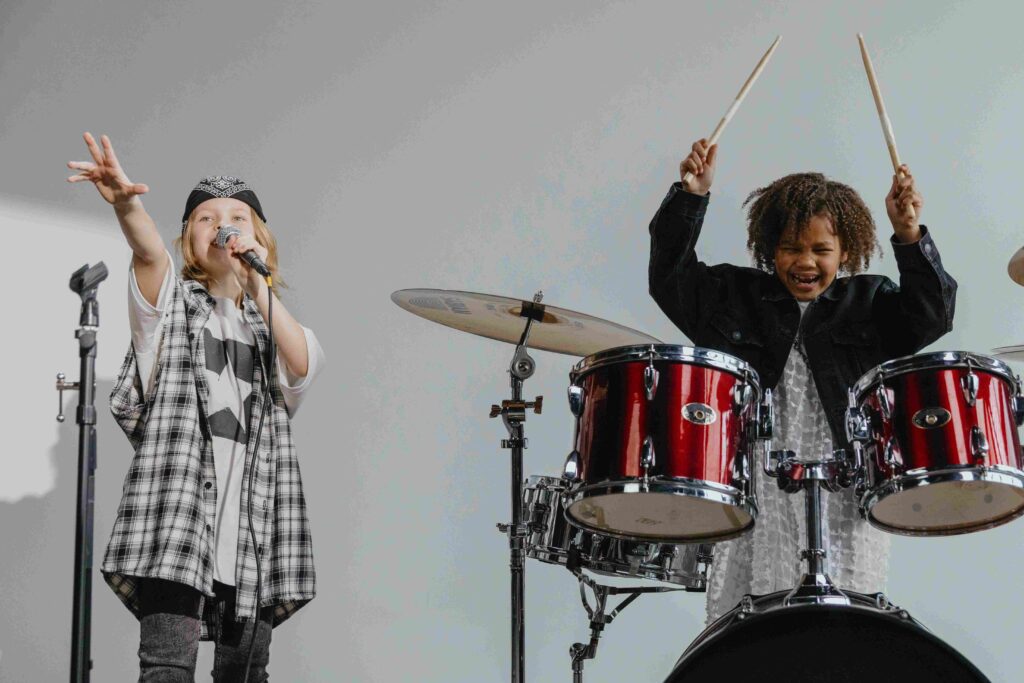
Exposing infants to a variety of sounds and music is essential for stimulating their auditory senses and fostering cognitive development. From the rhythmic beat of music to the simple jingling of rattles, sound plays a crucial role in shaping an infant’s perception of the world around them.
3. Visual Stimuli: Colors and Patterns

Visual stimuli play a critical role in an infant’s early development, as their eyesight and visual perception are rapidly evolving during the first months of life. Bright colors and intriguing patterns are not only captivating to infants but also essential for enhancing their visual development and cognitive skills.
B. Motor Skill Development
1. Tummy Time and Crawling Encouragement

Tummy time is a fundamental activity in an infant’s development, playing a crucial role in strengthening the neck, shoulder, and back muscles. This foundational practice sets the stage for essential milestones, particularly crawling, which is a key skill in exploring the world. Engaging in tummy time and providing encouragement through playful activities can significantly enhance an infant’s physical and motor development.
2. Grasping Toys for Hand Strength
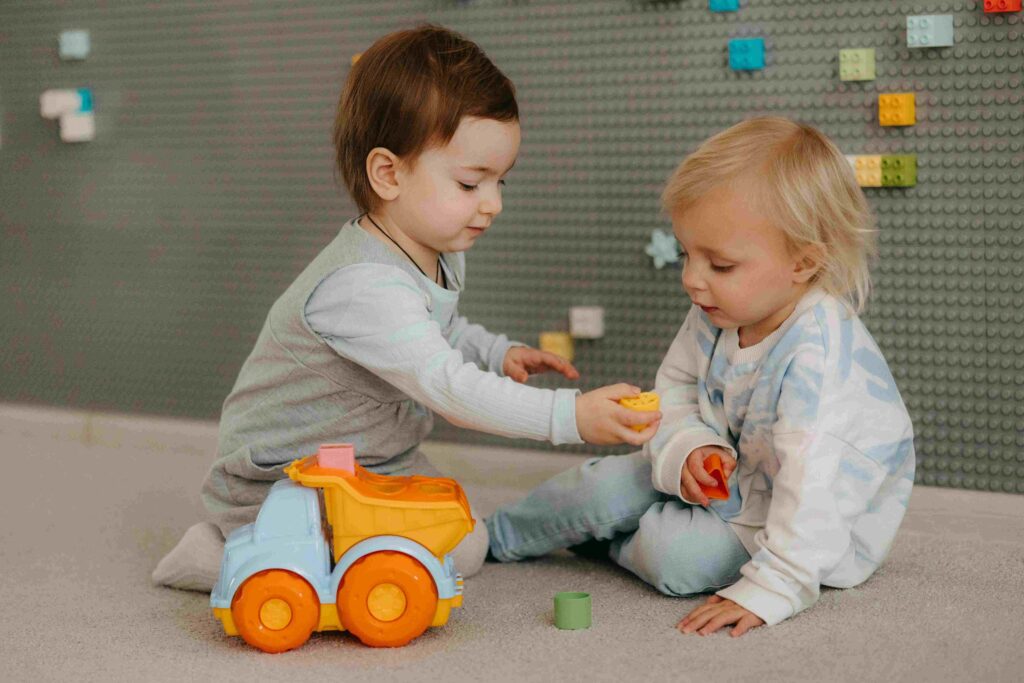
Grasping toys are pivotal in developing an infant’s hand strength and fine motor skills, essential for later milestones like writing, feeding, and self-care. Choosing the right toys can make this developmental phase both fun and beneficial, as they help cultivate hand-eye coordination and dexterity.
C. Social Interaction
1. Face-to-Face Playtime

Face-to-face playtime is an invaluable aspect of an infant’s development, fostering emotional connection, social skills, and cognitive growth. Engaging in this intimate form of interaction not only strengthens the bond between infants and caregivers but also stimulates various areas of development that are crucial during the early months and years.
2. Responding to Cues and Expressions
Responding to an infant’s cues and expressions is a vital aspect of early communication and interaction, fostering a strong bond between caregiver and child. This engagement not only enriches the emotional connection but also lays the foundation for effective communication skills as the child grows.
3. Sharing Time with Caregivers and Family
Sharing playtime with caregivers and family members is a vital component of an infant’s development, fostering emotional bonds and social skills that are crucial for healthy growth. Involving family in these interactions creates a nurturing environment where infants can explore, learn, and thrive.
Activities for Toddlers (1-3 Years)
A. Creative Play

Toddlers love to get messy! Finger paints or simple coloring sheets encourage self-expression and creativity.Both can be incredibly engaging. Fill a tub with water and add cups for pouring or provide sand for shaping and molding.Toddlers enjoy mimicking adults. Dress-up games can boost imagination and social skills while they create their stories.
B. Language Development
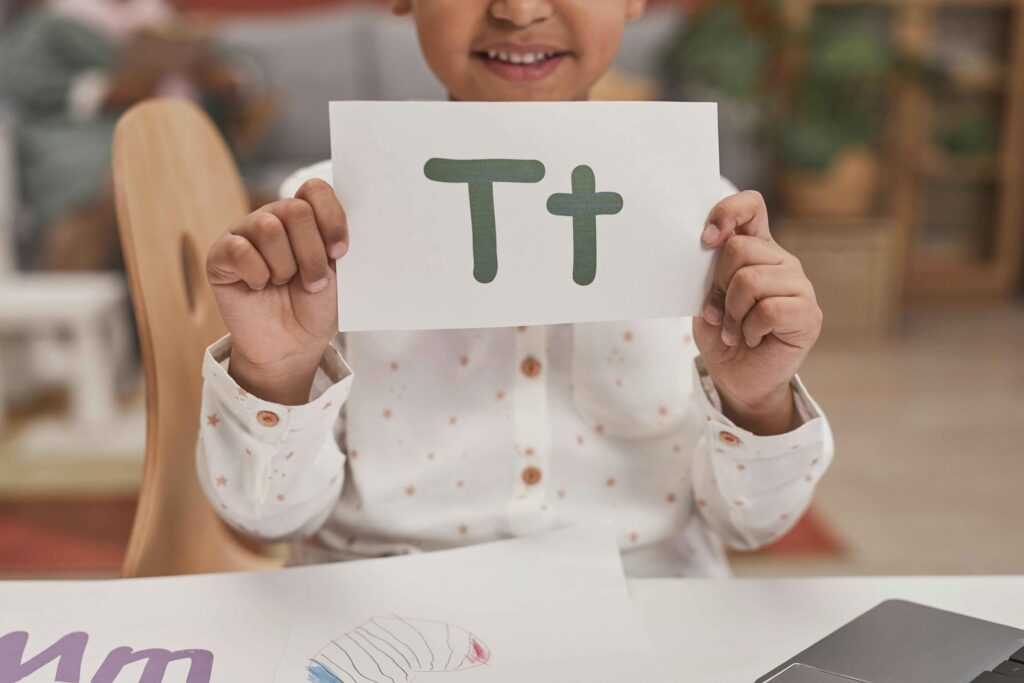
Books filled with vivid images can captivate toddlers and help with vocabulary. Make it interactive by pointing and asking questions. Sing-alongs foster rhythm and familiarize them with language sounds—plus, it’s a lot of fun! Use everyday items to play naming games. This encourages speech and language recognition while making it playful.
C. Physical Activities
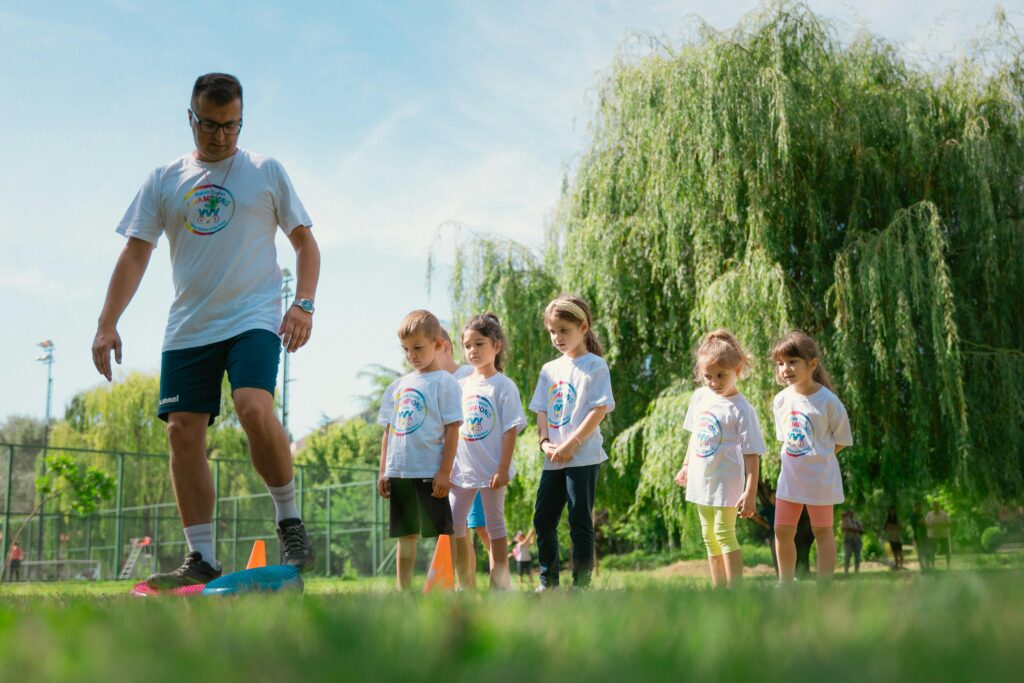
Encourage little ones to dance and move to music. It’s great for coordination and helps release energy! Set up simple obstacle courses with cushions, boxes, and soft toys. This promotes balance and gross motor skills. Play with soft balls to strengthen their coordination. Kicking and throwing help develop their fine motor skills.
Activities for Preschoolers (3-5 Years)
A. Structured Learning
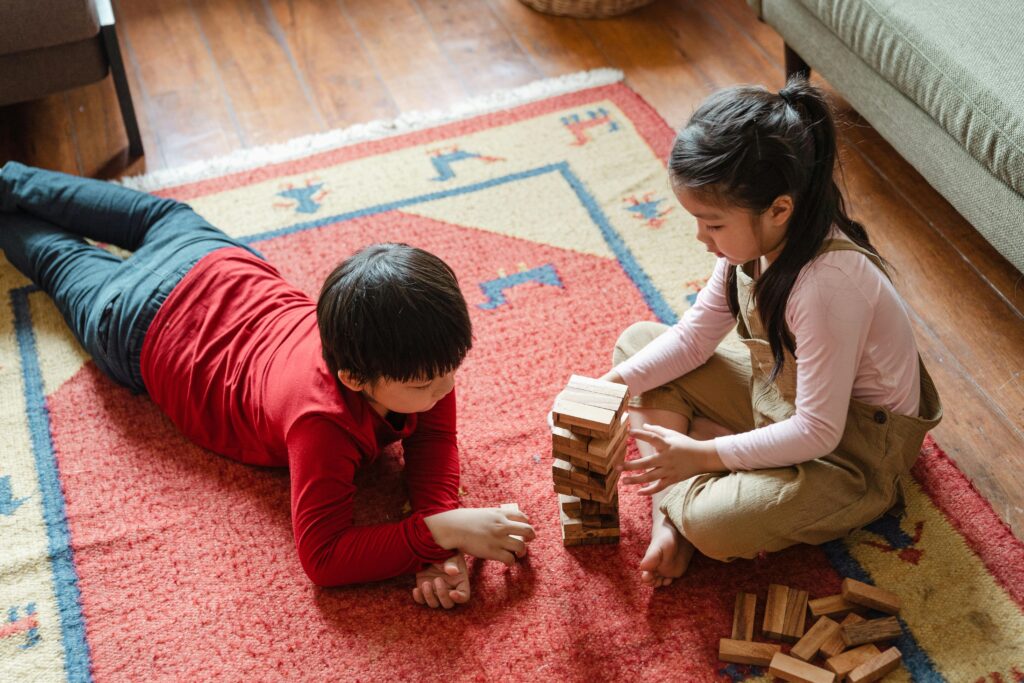
Use engaging materials such as colorful flashcards or number games to introduce basic math and literacy concepts. Pick puzzles that match their skill level. They’ll enjoy putting pieces together while enhancing critical thinking! Simple experiments like planting seeds can introduce science concepts while fostering a sense of responsibility for living things.
B. Social Skills Development
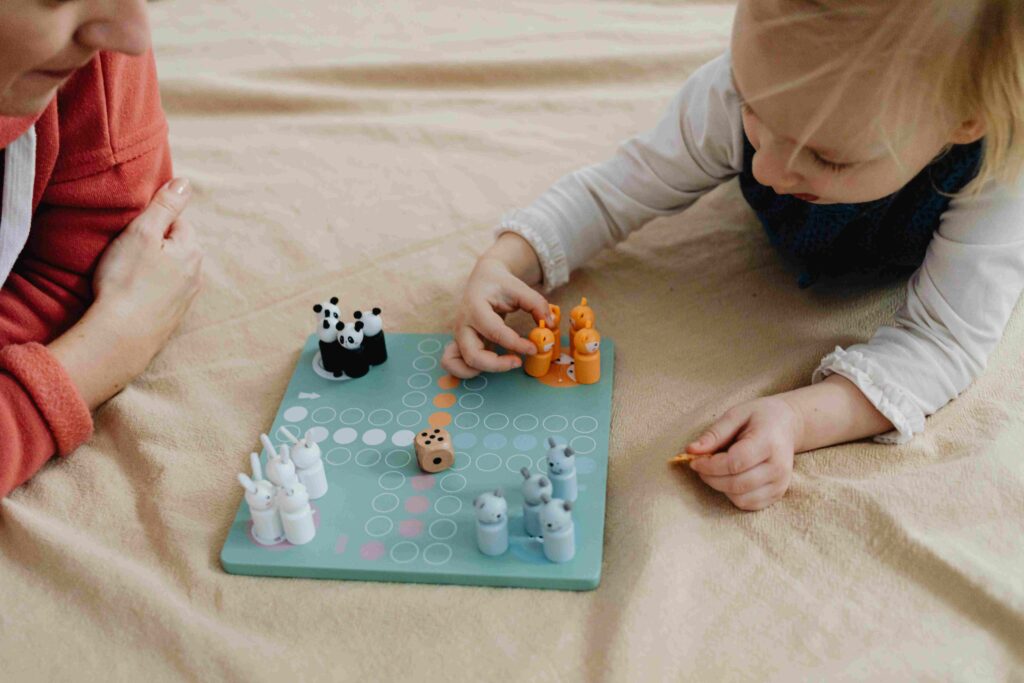
Encourage games that require teamwork. This teaches sharing and helps improve social skills. Practice turn-taking games like board games or simple card games to promote patience and understanding. Allow them to share stories or participate in discussions to boost confidence and communication skills.
C. Imaginative Play
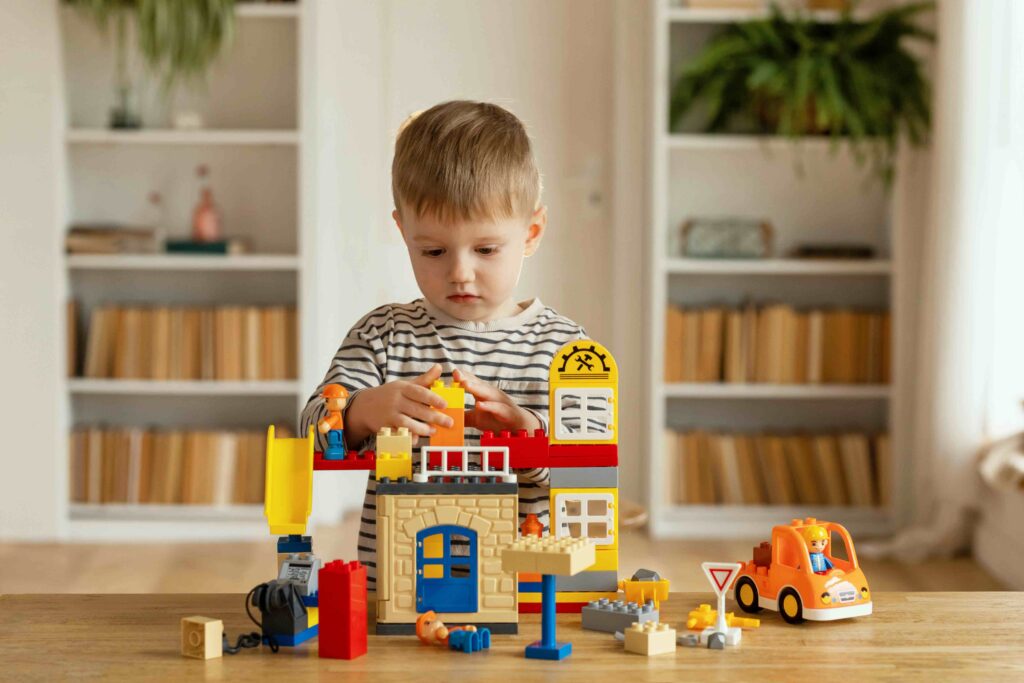
Encourage storytelling through puppets. It ignites creativity and can be a super fun group activity! Use building blocks or DIY kits to foster creativity while improving fine motor skills and spatial awareness. Take nature walks to discover plants, animals, and bugs. Nature is a great teacher!
Activities for Early School Age (6-8 Years)
A. Academic Skill Enhancement
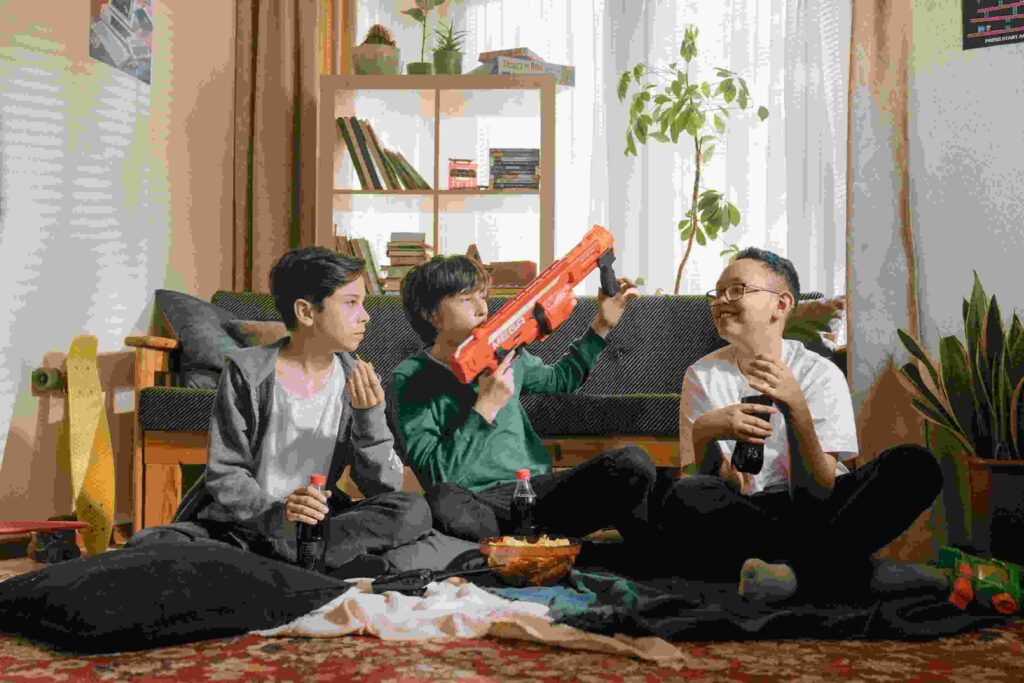
Introduce fun math games and reading challenges. This can build confidence and a love for learning. Engage them with simple science experiments. Making a volcano or testing what floats can be incredibly exciting! Give them a personal journal. Writing about their day encourages self-reflection and improves writing skills.
B. Teamwork and Collaboration
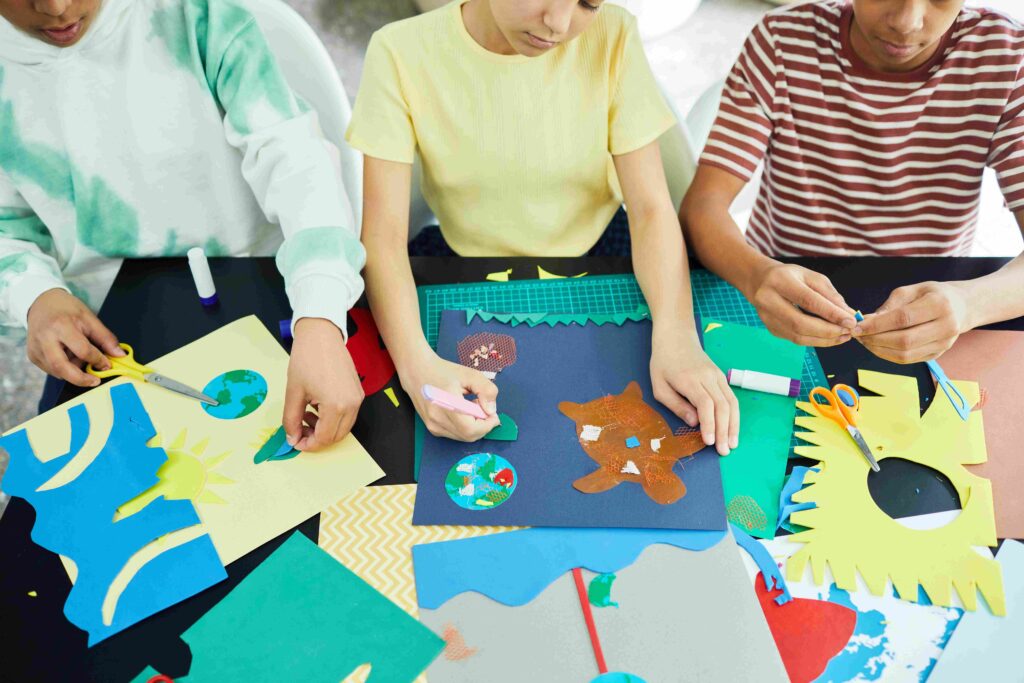
Enroll them in team sports to develop cooperation and leadership skills. These experiences can also build lasting friendships! Involving children in family projects (like gardening) or community service provides real-life lessons and a sense of belonging. Participating in group projects at school can improve communication skills and help them learn to work with others.
C. Life Skills Introduction
1. Basic Cooking and Nutrition Education

Introducing basic cooking and nutrition education to children is a powerful way to instill lifelong healthy habits and a sense of accomplishment. Involving them in the kitchen not only nurtures essential life skills but also fosters creativity and confidence.
2. Simple Household Tasks (e.g., cleaning, organizing)

Involving children in simple household tasks is an excellent way to teach responsibility and instill a sense of contribution from a young age. Assigning age-appropriate chores helps children develop essential life skills while fostering a sense of accomplishment and belonging within the family.
3. Personal Responsibility and Setting Goals
Encouraging children to set personal goals is a fundamental aspect of their development that fosters self-discipline, motivation, and a strong sense of personal responsibility. By guiding them through the goal-setting process, caregivers can help children develop essential life skills that will benefit them in various aspects of their lives.
Activities for Older Children (9-12 Years)
A. Advanced Learning Opportunities

Let them explore their interests through projects—whether it’s science, art, or technology. Independence in learning is essential! Introducing basic coding through games can be riveting for kids, fostering skills and creativity. Using fun apps can make language learning enjoyable while enhancing their cognitive skills.
B. Emotional and Social Development
Role-play scenarios can help them navigate disagreements constructively while improving emotional intelligence. Encourage participation in community service. It builds empathy and teaches them about social responsibility. Discussion and activities centered around empathy can make a significant difference in their interactions with peers.
C. Physical Fitness and Health
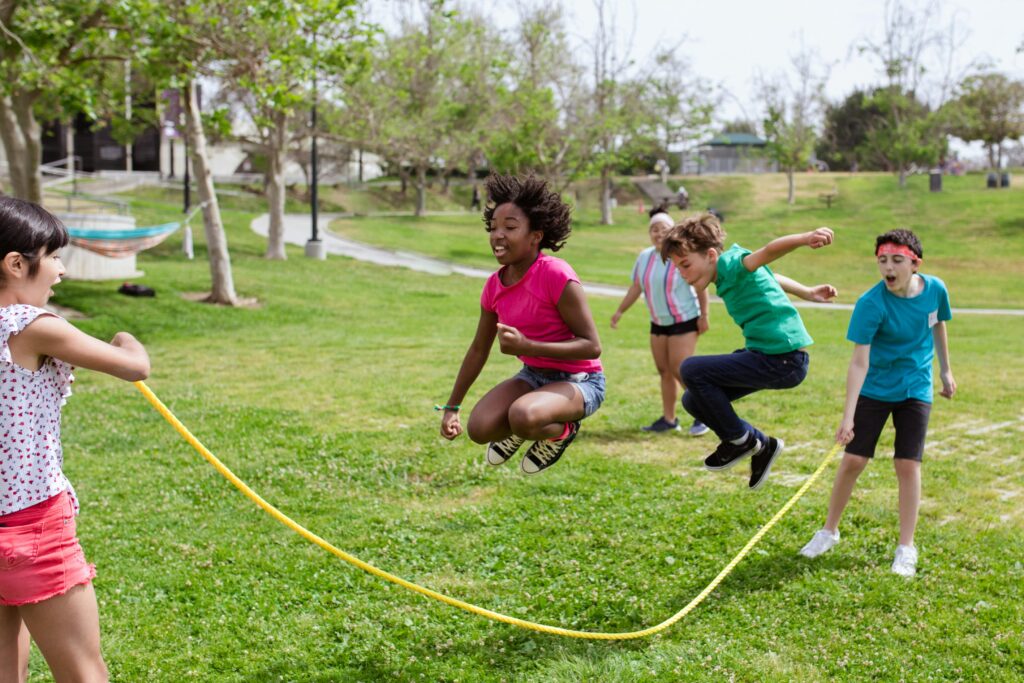
Encourage participation in sports, which provides exercise and teaches perseverance, teamwork, and discipline. Exploring nature through hiking or biking promotes fitness and helps children connect with the environment. Teach them about nutrition basics and involve them in meal planning to instill healthy habits early.
Conclusion
This guide highlights various activities suitable for each age group, encouraging growth, learning, and adaptability. Engaging children in varied activities not only makes learning fun but also supports their multifaceted development. Always remember, every child is different. Adapt these suggestions to fit their unique preferences and abilities.
Frequently Asked Questions (FAQs)
A. How do I choose the right activities for my child?
Consider your child’s interests, developmental stage, and preferred learning style. Involve them in the decision-making process!
B. What if my child shows no interest in suggested activities?
It’s important to remain flexible—try different activities until you find what excites them. Engagement fuels learning!
C. How can I balance educational and fun activities?
Aim for a mix! Activities don’t have to be purely educational to be beneficial. Engage through play and learning simultaneously.
D. Are there any activities suitable for outdoor and indoor settings?
Absolutely! Many activities can be adapted for both settings. For example, gardening can be an outdoor activity that also teaches science.
E. How can I involve siblings in the learning process?
Create group activities that allow siblings to collaborate and share ideas. This builds family bonds while fostering learning.
